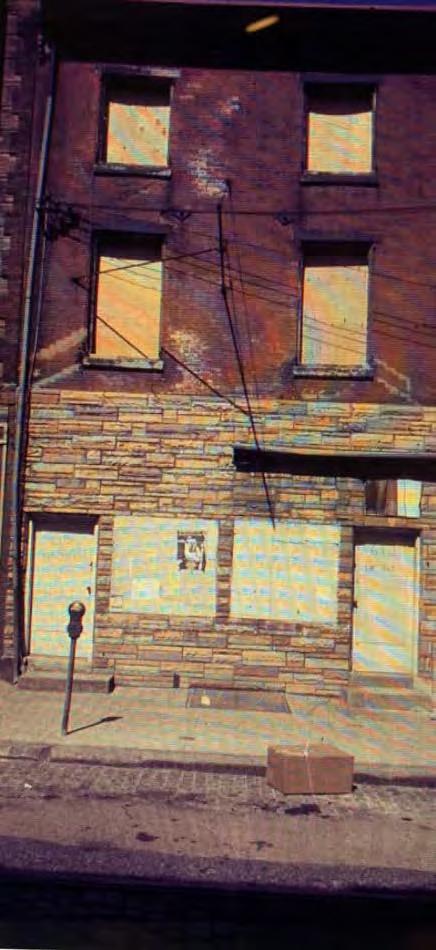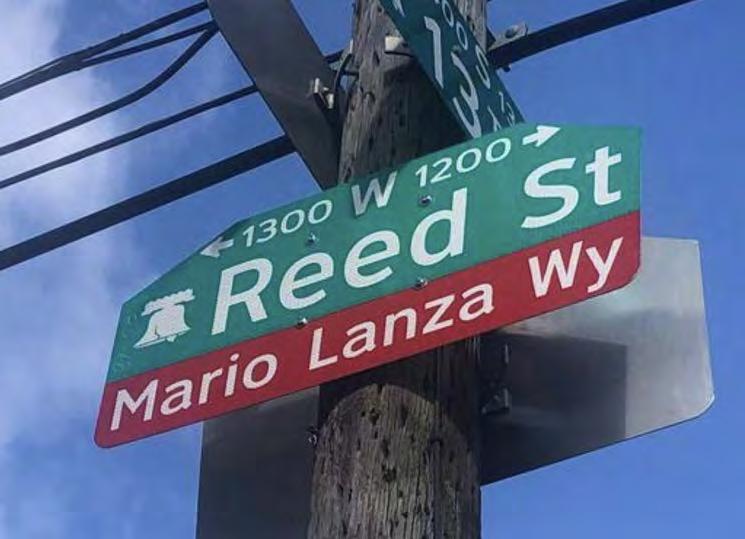
2 minute read
How to Help Curb Climate Change This Week
As a service to neighbors, QVNA has compiled several eco-friendly choices to consider about items we typically toss. We’ll:
• Share a key fact or two about how each item can damage our environment.
• Suggest one small action step to help reduce that damage.
• Give you the information you need to make each step easy to take.
Electronic Waste
Did you know that 70 percent of hazardous waste in our landfills comes from discarded electronics put out with household trash? This is a serious problem because e-waste toxins can leach into groundwater and enter our food supply through the produce we eat. If it has a cord, please don’t abandon it on the sidewalk or leave with curbside trash.
Two Easy Ways to e-Cycle:
1. On November 20th, conveniently recycle them for free! QVNA’s LOVE QUEEN VILLAGE DAY offers free e-cycling from 10 a.m. to 1 p.m. at Weccacoe Playground, 400 Catharine Street.
2. Not around on the 20th? Then schedule an at-home pickup with Retrievr. Whether it’s a microwave or a minifridge, an old-school cathode ray tube monitor or a TV, Retrievr will recycle it responsibly for a modest convenience fee. Visit retrievr.com or text PICKUP to (757) 703-3824.
Protecting Yourself on Paper
Did you know that, annually, the average household trashes 13,000 pieces of paper from junk mail and packaging? To make matters worse, 50 percent of junk mail ends up in landfills, which means thousands of mature trees are cut down for no reason.
In one year, a mature tree replaces 48 pounds of air pollution with oxygen. It’s easy to see that by reducing trashed paper we help improve our environment. Here are just a few :
Leave Shredding to Experts
Keeping personal information private is the primary reason we shred paper at home. If we use it for garden composting, that’s great. But most of us shred monthly statements, junk mail offers, and anything that carries account numbers, names, and addresses.
But paper shredded at home can’t be recycled—instead it fuels global warming. How? Household-shredded paper ends up in landfills, mixes with rotting food, and creates the greenhouse gas emissions that erode Earth’s ozone layer.
Professional shredding companies use a specialized process to securely shred, compress, bundle, pulp, and mill paper for recycling into everyday products, including toilet paper.
How to Shred Paper Responsibly
1. On November 20th, QVNA’s LOVE QUEEN VILLAGE DAY offers free, on-site document shredding between 10 a.m. and 1 p.m. at Weccacoe Playground, 400 Catharine Street.
2. Not around on the 20th? Then take them to The UPS Store for secure shredding by a certified expert. In partnership with Iron Mountain, they’ll shred your documents responsibly for a modest per-pound fee.
Reduce Your Junk Mail
Snail mail has its place, but the average American receives 41 pounds of junk mail per year, and almost half of that gets recycled. Here are some ways to save our trees:
1. Reduce your junk mail by registering online at www.dmachoice.org for a $2 fee.
2. Opt out of credit card and insurance offers at www.optoutprescreen.com.
3. Cancel unwanted catalogs at catalogchoice.org.
4. Consider paperless options.
Choose to Redact
Instead of shredding paper and labels to keep your name and address private, choose a redacting pen, stamper, or ID protection roller to hide them. These specialized tools are inexpensive and easily found at Staples or online. They use black, permanent ink to cover information so you can opt to recycle more paper curbside.







